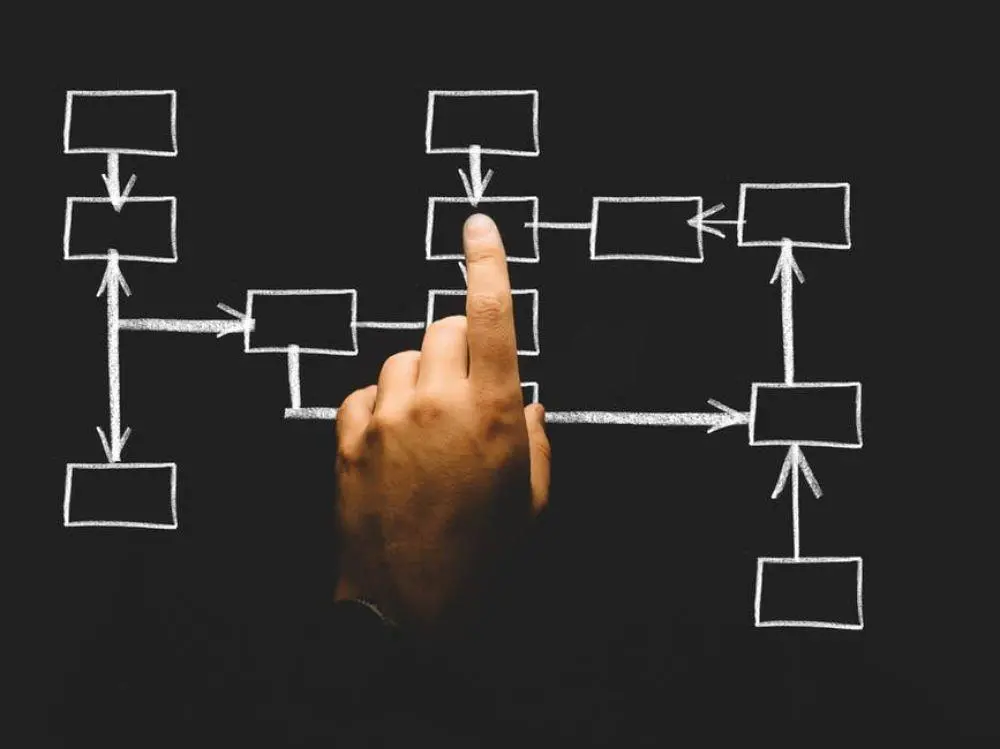Here’s a connect-the-dots exercise. Design-focused companies have outperformed the S&P 500 index by 228 percent in the last decade. Salesforce, which offers the most intuitive, highly configurable CRM SaaS solution on the market, grows 25% year over year. In a recent CNN product design survey, two of the top ten product designs in the last century — according to design experts — were from Apple, a company soon to be worth a trillion dollars.

So, what’s the tangential connection?
Good design processes lead to great easy-to-use products, which translates to customer satisfaction, which inevitably results in business success. But what defines good design processes in the first place? Putting the customer first by using your ears.
Listen to your customers and learn their stories and struggles. Observing, listening to, and empathizing with people are keys to success in business, and are human qualities that should have been learned in childhood. I often wonder if the lasting impact of poor parenting — with a subsequent lack of sensitivity to others —is the underlying reason for poor product designs.
This is not a joke. I’ll tell you a joke later so you can tell the difference.
Here’s a story that's not a joke: when I worked at a large database company, I interviewed several of our customers, who shared similar stories of why they chose our solution; however, our company’s erratic stakeholder became angry at these customers’ feedback. “These customers stories are not consistent with our marketing message!” he replied.
Did this clown ever consider the marketing message was wrong?
This was a shocking example of a person who not only refused to listen to customers but invalidated them. Ultimately, the stakeholder’s lack of empathy failed the business and led to his undoing.
Your customers are telling you what your company’s products and marketing message should be. How could you not listen to them? Bad parenting, perhaps?
Many companies develop products without customer feedback; instead, these products are created in a vacuum. Smart companies keep in contact with customers throughout the iteration, prototyping and testing process.
You would think listening to customers would be obvious, but it was only when Stanford slapped the “Design Thinking” label on this commonsense customer-centric approach to product design that companies started putting customers first.
Now, more software companies have fine-tuned their product development and design processes by keeping the customer in the loop. Of course, the best-case scenario of empathetic product design is when your designers ARE the customers.
Steve Jobs designed products by first putting himself in the shoes of the customer and user. This is a better approach than having engineers and designers create products for someone over the horizon that they don’t know or see. When your designers are the users they will design products that they will want to use.
The success of Arena and Apple share much in common.
Ard Zonneveld, the executive of Arena’s Benelux-based partner ProductStream, says many customers chose Arena because “it’s clear that the solution was built by designers who used the product themselves.”
“Our prospects and customers say they feel that the product is credible because Arena’s founders themselves dealt with similar product lifecycle challenges that all manufacturers must deal with,” says Zonneveld. “Arena’s founders, who were at the time designing scuba diver camera and lighting equipment, were trying to solve their own product development problems. And that’s why Arena is so intuitive to use.”
I have consulted with some of the biggest names in high tech, and if I could share five key design tips that resulted in product success, it would be these:
1. Commit to a simple aesthetic
2. Pay great attention to detail
3. Push for intuitiveness and user-friendliness
4. Design for future scalability
5. Promote a culture where design is a continuous process
On the other hand, the biggest reason I discovered for product failure was — as you could guess — not involving customers in the design process.
Surprise. Surprise.
When you look at impossibly complicated software like Taleo, which is as confusing as an Escher staircase, you wonder if they ever got input from a single customer. The product is clearly designed to make money by appealing to the largest cross section of customers possible, but is this a sustainable business practice? I doubt it.
The ultimate point is this: Don’t have your designers design for a technology or to make money— have them design for the user. Great companies design products that people actually want and cannot live without.



Leave your comments
Post comment as a guest